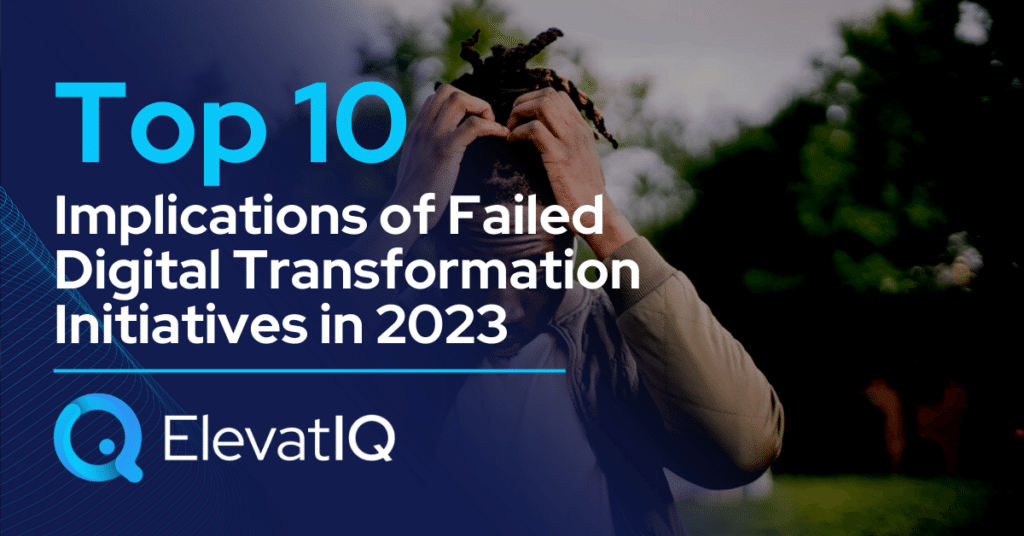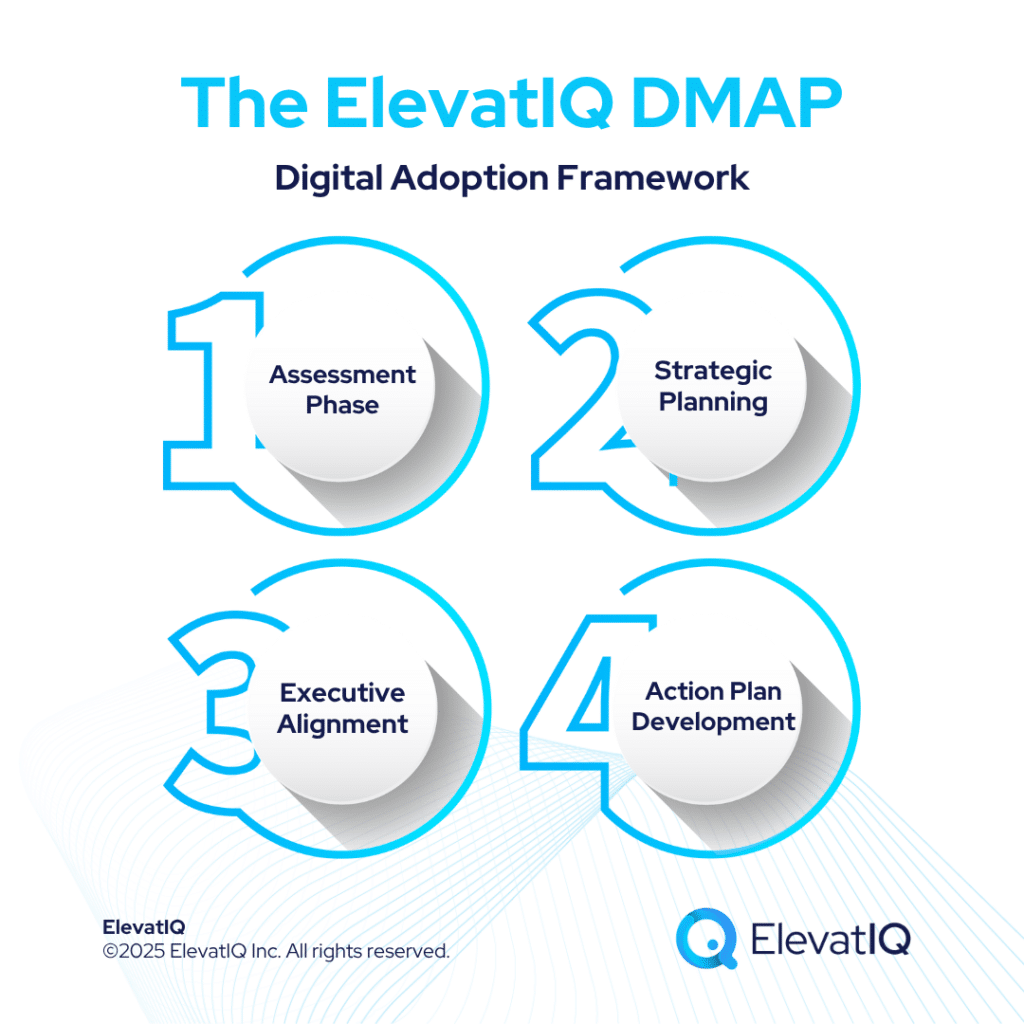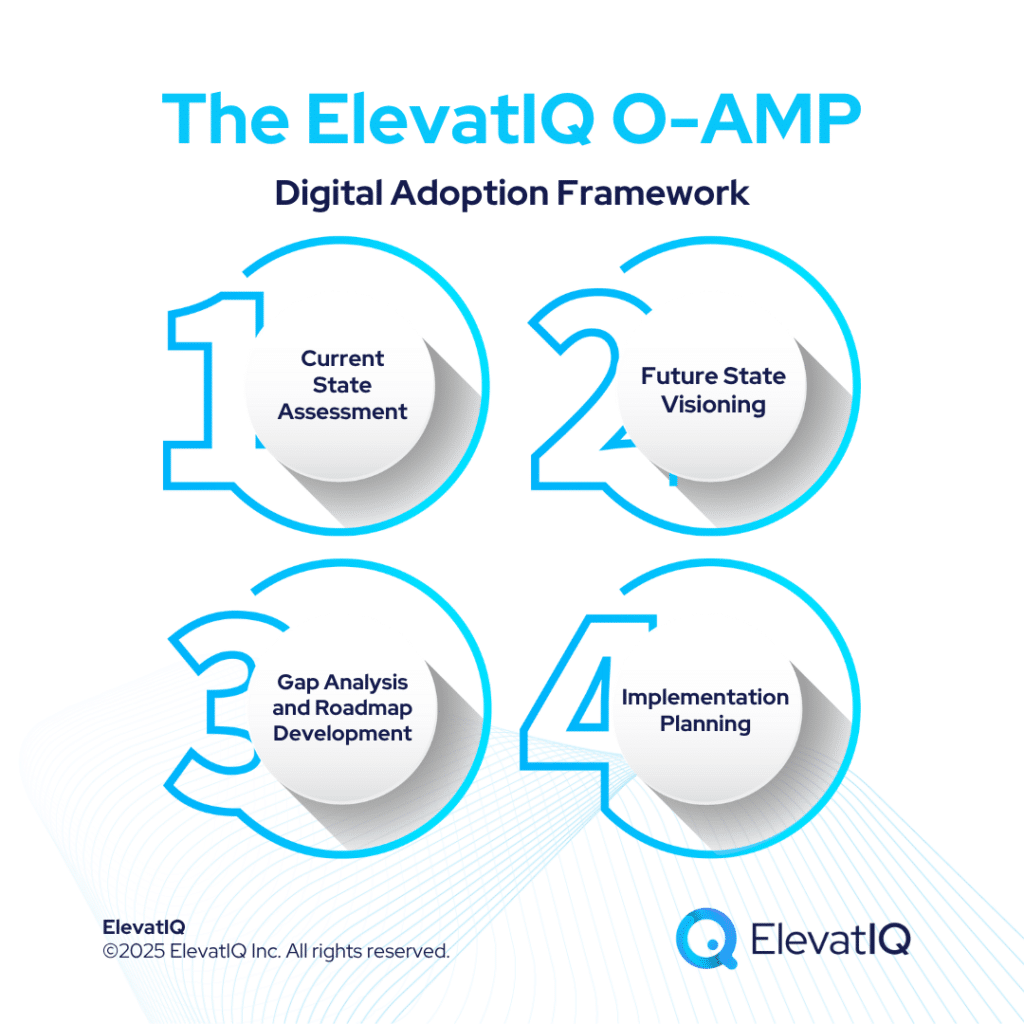Last Updated on February 23, 2025 by Sam Gupta
Most new executives underestimate the implications of failed digital transformation initiatives, not taking them seriously until they go live on the solution. But unfortunately, just like baseball, the ERP projects bite the unprepared the most. The more planning you do, the higher chances you have of predicting various sliders and handling them.
As with baseball, ERP projects have a lot at stake. Poorly tested systems might prevent the processing of sales orders. It might take days to stabilize them. And if you don’t have your processes documented, consultants might struggle to keep up with code complexity. One fix may lead to another defect. And, just like in baseball, as you get more issues, the morale of the team will be so down, leaving them with negative thoughts, such as the ERP system being too complex or poorly configured. Completely giving up on the new system and going back to the old methods isn’t uncommon either.

Sometimes, the issues are so hard to explain that ERP consultants will rarely have an answer as to why a particular step during your strategy phase may be necessary. Just like the way coaches might not be able to explain why every player needs to run on a daily basis. Just like baseball, the secret formula for success with an ERP project is discipline. And not of just a few players. But everyone from the top floor to the field. And without the chemistry working, get ready to face the following implications with failed digital transformation initiatives.
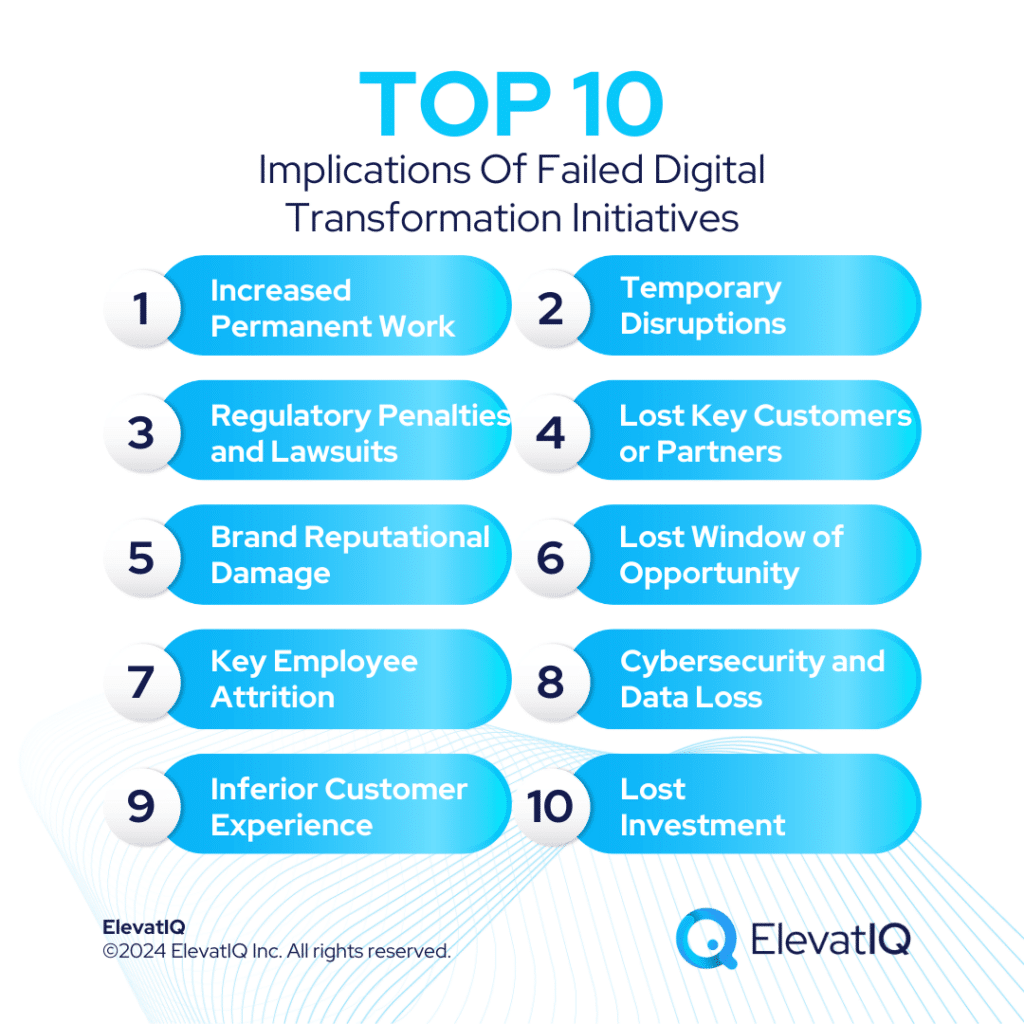
10. Lost Investment
Believe it or not, a large majority of the projects never go live, especially among first-time ERP buyers. The lost investment could be losing the licensing and implementation money completely and getting stuck in a contract.
The major cause for this issue is the misalignment in expectations. First-time ERP implementers have a tendency to underestimate the process and expertise required to find the right ERP software. They might not provide enough details to the vendors to enable them to do the due diligence. Also, vendors will have certain assumptions about clients’ data, processes, and internal expertise. Depending upon the skill set of both sides, the software may not have the capabilities promised or might not work as expected due to the state of the client data.
Underestimating the amount of expertise required, companies might take the path of ERP customizations, getting into the never-ending investment-sucking rabbit hole. Even after years of testing and development, the business users might not feel confident in going live on the system, losing all of their investments.
How to Avoid?
- Don’t look for discounts or the cheapest hours; instead, figure out why other vendors are charging more.
- Find the competitive pricing in the space, and go for the vendor that has a lot of specific details (not canned) in the SOW.
- Don’t customize anything at all. If you are on a budget, figure out how you might be able to perform the task manually where customization may be required.
- Hire an independent ERP consultant, at least for the contract review. Document as much as possible for them to review to reduce the consulting fee.
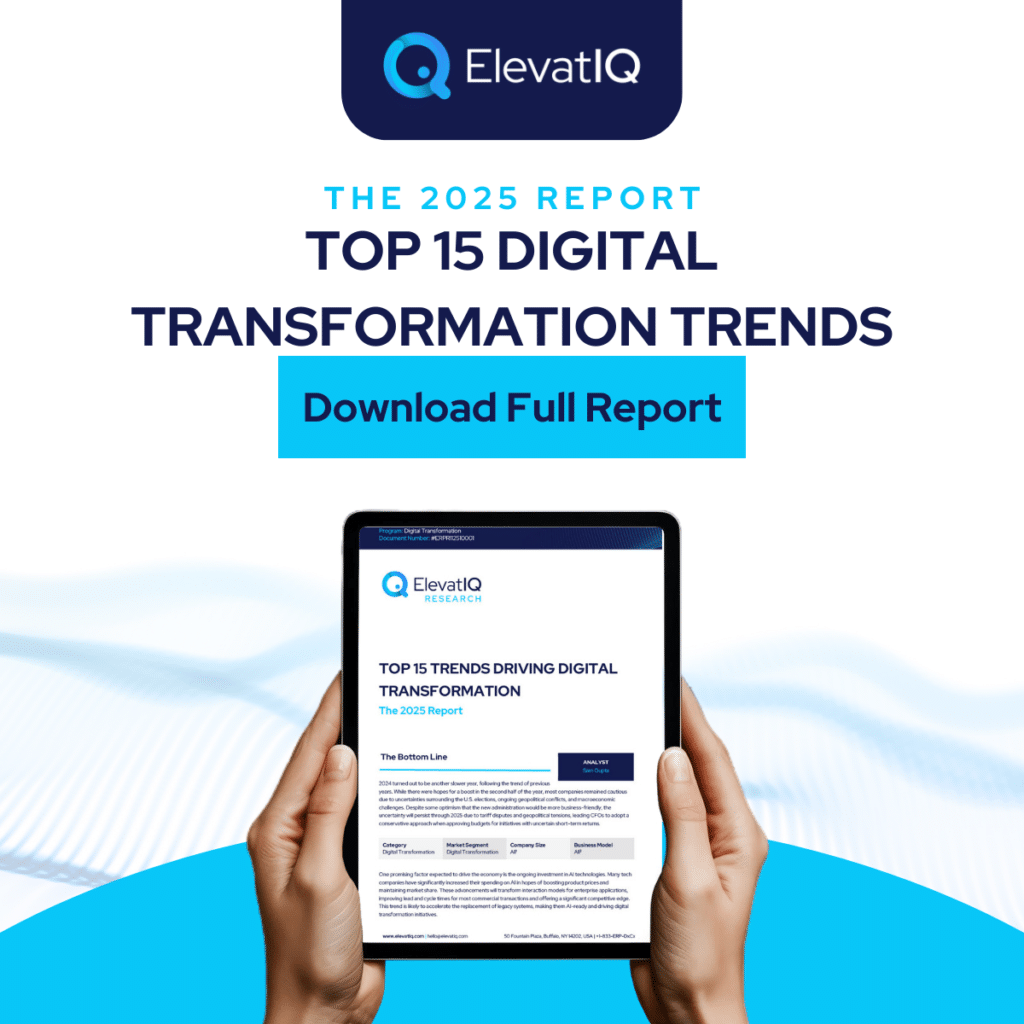
9. Inferior Customer Experience
Failed digital transformation initiatives might end up increasing overall cycle time for transactions, increasing delivery times for customers, or increasing stockouts because of poor inventory management.
The major cause is the misbelief that newer technologies will always provide a superior customer experience. The companies also miss to draw the processes both in the as-is and to-be state and estimate the number of steps increased for each department in the pre-selection phase. Not able to forecast trivial decisions such as the GL mappings at the customer level or customer master and how that would impact the KPIs or customer-centric workflows
How to Avoid?
- Understand if there is a genuine concern from the customer service team about the increased time, and if so, figure out the optimum changes that need to be made in the processes, data, or technology – to get the desired metrics.
- Customer experience changes need to be traced, measured and agreed upon before selecting the software.
- Identify the KPIs that are expected to be improved after implementation and forecast the financial statements for the next five years. Trace KPIs, and see what process or data changes may be required. Also, design both as-is and to-be process and data models around the desired KPIs and keep track of the changes that might impact the to-be model of these KPIs, such as batch reconciliation or frequent cycle counting.
- Follow out-of-the-box ERP processes as much as possible. The hijacking of processes with failed digital transformation might lead to increased admin and reconciliation steps that might impact operational workflows.
- Have a good master data governance plan in place to ensure the data quality issues do not lead to the slower performance of the system, increasing the cycle time for the transactions.

8. Cybersecurity and Data Loss
Not having a deep understanding of the code quality and the deployment infrastructure might lead to cybersecurity and data loss issues. This issue is especially common among ERP vendors that might not be deployed on mainstream cloud platforms. As well as not being well-capitalized to afford a cybersecurity team for the upkeep.
The major cybersecurity and data loss incidents would be with the solutions that are deployed in the on-prem settings or in tier 2 and below cloud providers. The smaller ERP vendors might sell their licenses at a discounted price and deploy the code in non-mainstream cloud providers, running into data quality and cybersecurity issues. The legacy code or unpatched and open-source libraries used as part of the assembly may leave vulnerabilities open.
How to Avoid?
- Review the cloud infrastructure provider being used by the ERP vendor.
- Ensure all of the add-ons, integration glues, and ERP systems are not leaving any security holes.
- Check the backup policies of your cloud providers. How long do they keep the backup? How many times? How far back can you go to retrieve the data? Do they also back up for the test environment or only production?
- Have standardized roles that can be assigned to all users to avoid losing track of permissions. Have a governance process for creating new roles and assigning new permissions to each role. Have good onboarding process documentation, including the right roles to be assigned to the team members. Limit the admin access and user maintenance to only super users.
- Pay special attention to the apps and add-ons accessing the system. What level of access do they have? Understand what they are allowed to modify. And even with controlled access, avoid external modifications of financial documents.
7. Key Employee Attrition
Most failed digital transformation leads to some sort of blame game, even if it might not be anyone’s fault. The disruptions typically lead to overworked employees in debugging and reconciliation, resulting in the attrition of key employees.
In most cases, the issue is with the lack of expertise and most stakeholders overcommitting their capabilities and underestimating the efforts and investment required to get the failed digital transformation initiatives right. The transformation that runs into issues are the ones where the teams are not as seasoned with multiple ERP implementations under their belt and ignore the discovery process.
How to Avoid?
- Involve employees from day one.
- Build the as-is and to-be state models and a framework for team-based decisions that everyone is willing to own regardless of the outcome.
- The leadership must enable the process owners, leading them to make decisions and not making decisions for them. Chime in when there is a misunderstanding of the overarching goals and cross-functional conflict.
- Invest in the discovery process and seek feedback from users. Create a hotline for submitting any questions or concerns on the decisions made and address each of them publicly and explain the rationale behind every decision.
- Take the implementation seriously and pay special attention to the training and testing phase. Don’t go live until the key employees feel comfortable and commit to going live.
6. Lost Window of Opportunity
If the goal of ERP implementation is to help with an opportunity that might have timeliness associated with it. For example, capturing a market share before competitors become known in that market space, or trying a new channel before it becomes crowded, the failed digital transformation and its disruptions might lead to losing the market share or window of opportunity.

The major causes for the delay or disruptions with a failed digital transformation project are related to the miscalculation of the efforts and time required to get it right.
How to Avoid?
- Have realistic expectations with your team.
- Keep digging until the scope of the ERP project is relatively known. If there are elements that might be too unknown as part of the project, they probably require more research and discovery to at least have a mitigation plan in place.
- Have a reasonable time for stabilization before sequencing it with the opportunity.
- The more you invest in the ERP discovery phase, the fewer disruptions you will get during the implementation and post-implementation phases.
5. Brand Reputational Damage
Disruptions caused by the ERP failure could be as severe as not being able to process sales orders or cut invoices. Or not able to receive goods in the warehouse. Companies that have an impact on their brand because of the ERP failure were required to disclose them publicly. Or the customers end up reporting on social channels, causing permanent negative connotations about the brand.
The major causes are disruptions being received as the quality issues with the brand. The cyber and data loss issues might even have graver implications on the brand where the customers might not feel safe in their bank accounts etc.
How to Avoid?
- Analyze the impact of each disruption.
- Document the implications of each change and how that might lead to a disruptive experience for the customers.
- Don’t ignore any risks, and even if you might not be able to resolve them, document them and have an action plan if they do occur.
- Avoid disruptions by overpreparing for the implementation and post-go-live
4. Lost Key Customers, Partners, or Vendors
The disruptions can lead to the loss of key customers, partners, or vendors. The customers that ended up losing them were the ones that faced material disruption with their deliveries, inventory allocations, and impact on their production schedule.
The new ERP implementation may not be aligned with the physical layout, posing challenges in keeping track of customer-allocated inventories, shipment delays, and not being able to fulfill customers’ expectations. The vendors, if larger ones, might be disrupted by your processes, such as not being able to receive the goods in the warehouse in the allocated time window and not paying overages that might be expensive at their end. These issues collectively might lead to issues in relationships with customers or vendors.
How to Avoid?
- Include the impact on the customer and vendor processes in the as-is and to-be documentation.
- Have multiple touchpoints and channels for customer and vendor communication to ensure that they are ready for change at their end
- Ensure that the physical processes are in sync with the digital process to avoid inventory allocation issues.
- Don’t simply kill the processes in the to-be architecture without understanding their impact.
3. Regulatory Penalties and Lawsuits
Regulatory penalties are more common than you would think with ERP implementation. They would result in not having integration or reconciliation issues between different systems, leading to misreported data, or not being able to file timely. Lawsuits might ensue if there are any issues with contract obligations.
The major issues with a regulatory penalty are related to buying systems from unreliable or unproven ERP vendors without understanding if they have been thoroughly tested and adopted in the market. They are also because of over-engineering of systems that might void the warranty from the vendor, leaving them off the hook for any regulatory or compliance issues.
How to Avoid?
- Buy proven systems, especially the ones that touch financial regulatory compliance, such as ERP or HCM.
- Don’t overengineer by building unnecessary customizations
- Have a clear separation of concern for the integration logic and packaged software
- Keep a good log of the customizations and if they might have any impact on the reported data
2. Temporary Disruptions
Most ERP implementations will experience some levels of temporary disruptions, such as users getting locked down or not being able to print the forms. The issue could also be as severe as not able to send sales orders or close invoices. But most of these issues can be resolved quickly during hyper care.

The major cause of temporary issues is the lack of training and testing. As well as a framework for the change process that will help mitigate some of these issues.
How to Avoid?
- Have a good framework to track the testing and measuring the readiness
- Utilize automated testing to avoid repeat issues and augment manual coverage
- Utilize automated testing to test the workflows, access rights, and logins that might be harder to coordinate with end users
- Have a training cheat sheet by the desk of each user on the day of go-live if they run into any issues.
1. Increased Permanent Work
While the temporary issues can be fixed easily through technical debugging and training, the permanent issues are far more serious. And they might have serious implications for your operations. And most of these issues are related to system design that might be unforeseen during the implementation and discovery phase. But the users might come to know them only after going live.

The permanent issues could be requiring unnecessary entry of sub-account with each transaction. Or it could be having users use unnecessary fields, increasing the total time to create a quote or sales order. It could also be due to the increased number of variances in the backend processes just because of poor system setup.
How to Avoid?
- Design the to-be workflows and measure how much additional work will increase for each team.
- Incorporate users’ feedback in designing processes to ensure coverage of most unforeseen issues.
- Pay close attention to how the teams are capturing the master data and fix master data issues before it is too late.
- Don’t ignore integrations and their implications for operational processes.
Final Words
Preparation is key to success in baseball, and so are digital transformation initiatives. The more prepared you are, the more confident you will be with the systems and the higher the adoption rate you will have of the systems. While technical issues may be easier to fix, what is harder to solve is perception.
Once your team has decided that the problem is with the systems, it might be much harder to persuade them to enter the right data that will lead the accurate KPIs. So don’t wait for the implications to bubble up and be ready to put in the discipline required to be successful with the failed digital transformation initiatives.


